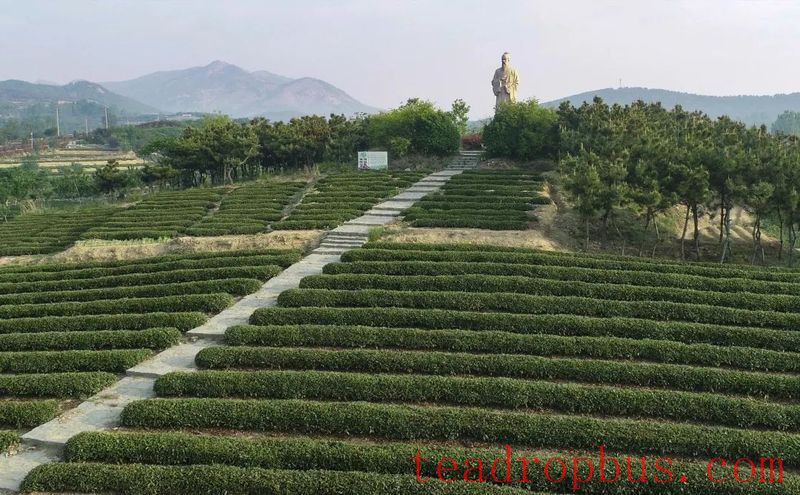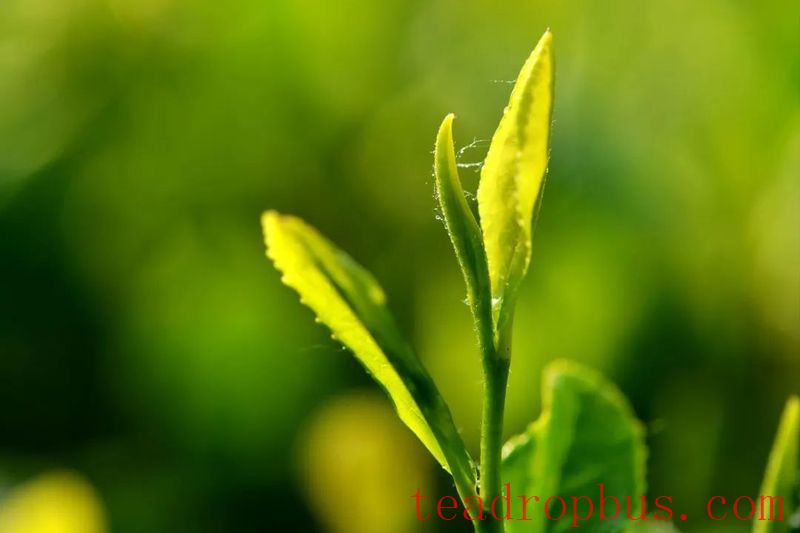Since February, the temperatures in our town's Tea areas have risen rapidly. Villages and tea enterprises should seize the favorable opportunity presented by the warmer temperatures and good soil moisture conditions to manage their Spring Tea gardens, thus increasing tea production and efficiency.
The spring tea is the season with the highest yield, best quality, greatest economic benefits, and most popular among consumers throughout the year. Managing spring tea gardens well is of great significance for increasing spring tea production and improving tea farmers' incomes. To guide the management of spring tea gardens, Haiqing Town has developed technical guidance for spring tea garden management.
ONE
/ Strengthen management of frost-damaged tea gardens.
The high temperatures at the end of the year were followed by a drop in temperature, causing some of our town's tea gardens to suffer from frost damage. For these affected gardens, the following management measures should be taken:
1. Pruning. Depending on the severity of the frost, light pruning, deep pruning, or heavy pruning should be carried out. After pruning, dead branches and leaves should be promptly removed from the tea garden to reduce the sources of diseases and pests.
2. Irrigation and soil loosening. Timely hoeing and weeding should be conducted to improve soil aeration and enhance root absorption capacity.
3. Timely fertilization. Root fertilization and foliar spraying should be carried out to ensure the nutritional needs of tea plants. In addition to nitrogen fertilizer, phosphorus and potassium fertilizers should also be applied to accelerate the recovery of tea plants.

TWO
/ Prevent “scorching” of seedlings.
As temperatures rise, the temperature inside the greenhouses will also increase. For tea gardens that use arch-shaped greenhouses for winter protection, attention should be paid to the temperature inside the greenhouse. Ventilate the greenhouse in a timely manner to lower the temperature and replenish water as needed to prevent leaf scorching.

THREE
/ Remove winter protective materials in a timely manner.
After the early spring temperatures rise, protective materials should be removed in a timely manner, which is beneficial for improving the quality of spring tea and controlling diseases and pests.
1. For tea gardens using simple protective measures such as windbreaks (film), straw covering on the canopy, etc., these can be removed around the time of the Vernal Equinox.
2. For tea gardens that use soil mounding for winter protection, the “two-stage soil removal” method should be used for timely soil removal, typically carried out around the time of the Vernal Equinox and Qingming Festival.
3. For tea gardens using arch-shaped greenhouses for winter protection, the protective film can be removed gradually based on production needs and weather conditions. Generally, all the plastic film should be removed by early April.

FOUR
/ Prevent late spring cold snaps and control diseases and pests.
1. Pay close attention to weather changes, strengthen monitoring and early warning, and take measures such as canopy covering and watering to wash off frost in a timely manner to minimize losses.
2. Dead branches and leaves affected by diseases and pests should be promptly removed. Control measures include hanging sticky traps, insect traps, washing the canopy with water or irrigation systems, and reducing adult pest populations to ensure tea quality safety and ecological safety of the tea garden.
